Observing the starry sky is almost impossible in today’s urban areas, large or small. We have slowly turned night into day. We therefore need to look at light design with an eco-systemic and ethical approach, as a social tool to engage communities and reduce our impact on the planet, recovering something important that we have lost: the stars.
Dark sky
Where did the Dark Sky movement come from, what does Dark Sky represent to you and what led you to investigate this field?
Dark sky has always been there; we just hid it under many layers of light and forgot about it. Although it’s much more diverse now, astronomers were probably the first group to bring attention to the growing problem of light pollution. The idea behind the Dark Sky movement is to scratch away the paint in order to get back to the original canvas – the natural night. It represents quiet skies and landscapes, not just the view of the stars. This movement advocates the protection of our oldest heritage, the true night that our ancestors experienced until very recently.
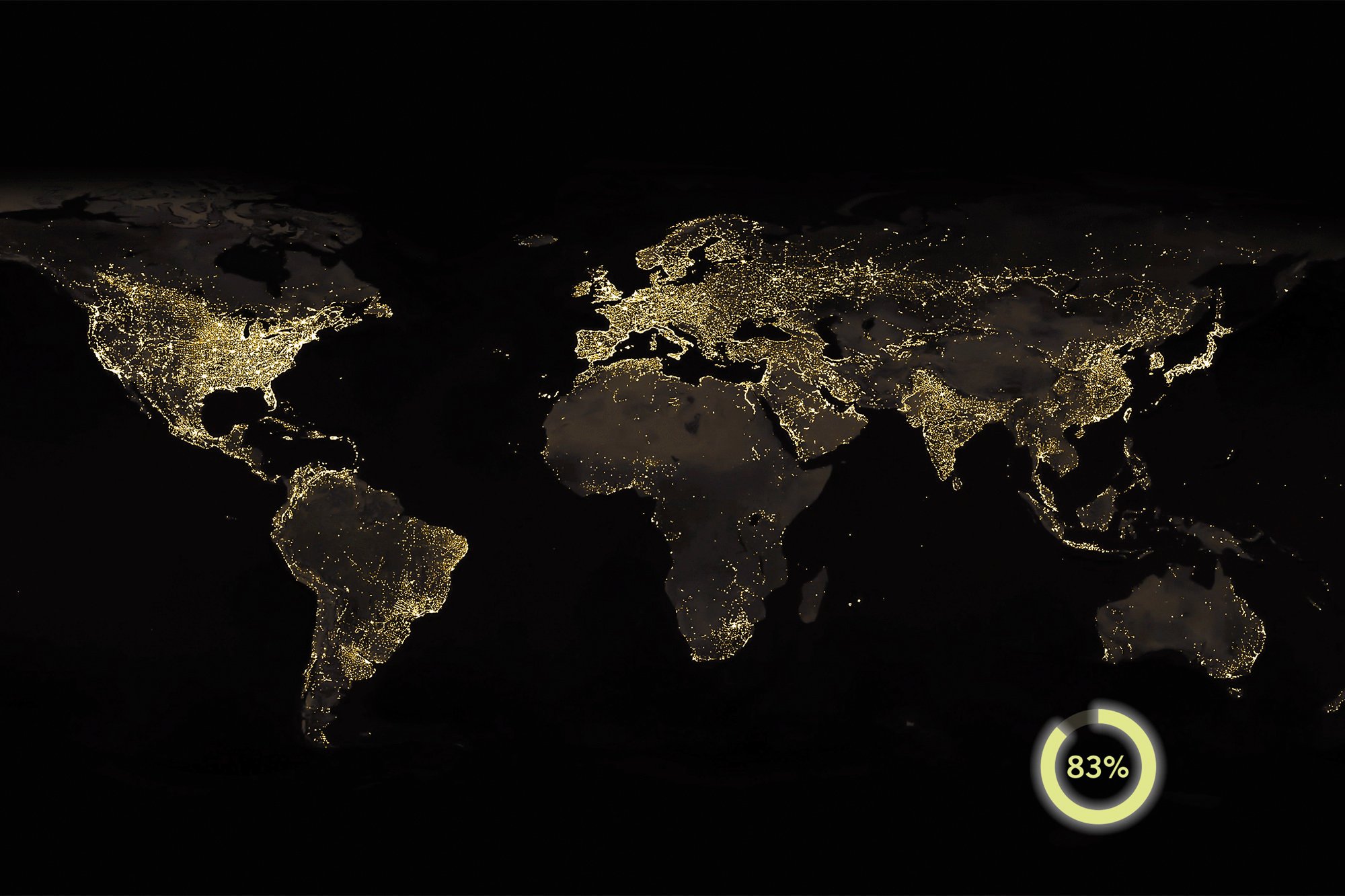
Designing light for darkness
What are the basic principles that guide your design and how much do the context influence it?
The basic principles to tackle light pollution can be summarised as “use the right light, at the right time, in the right place.” In a nutshell, this means using warm colour temperature, angling it downwards, not letting light to escape above the horizon line, dimming it down or switching off when you don’t need it. If we are in a lit context where the light can be borrowed from the surroundings, we try to use it to our advantage by introducing as minimal light as possible. On the other hand, when we’re working with pitch-black darkness, the light has to be used in a very measured way so that we don’t affect the environment and the original nature of the nightscape in that area and beyond.
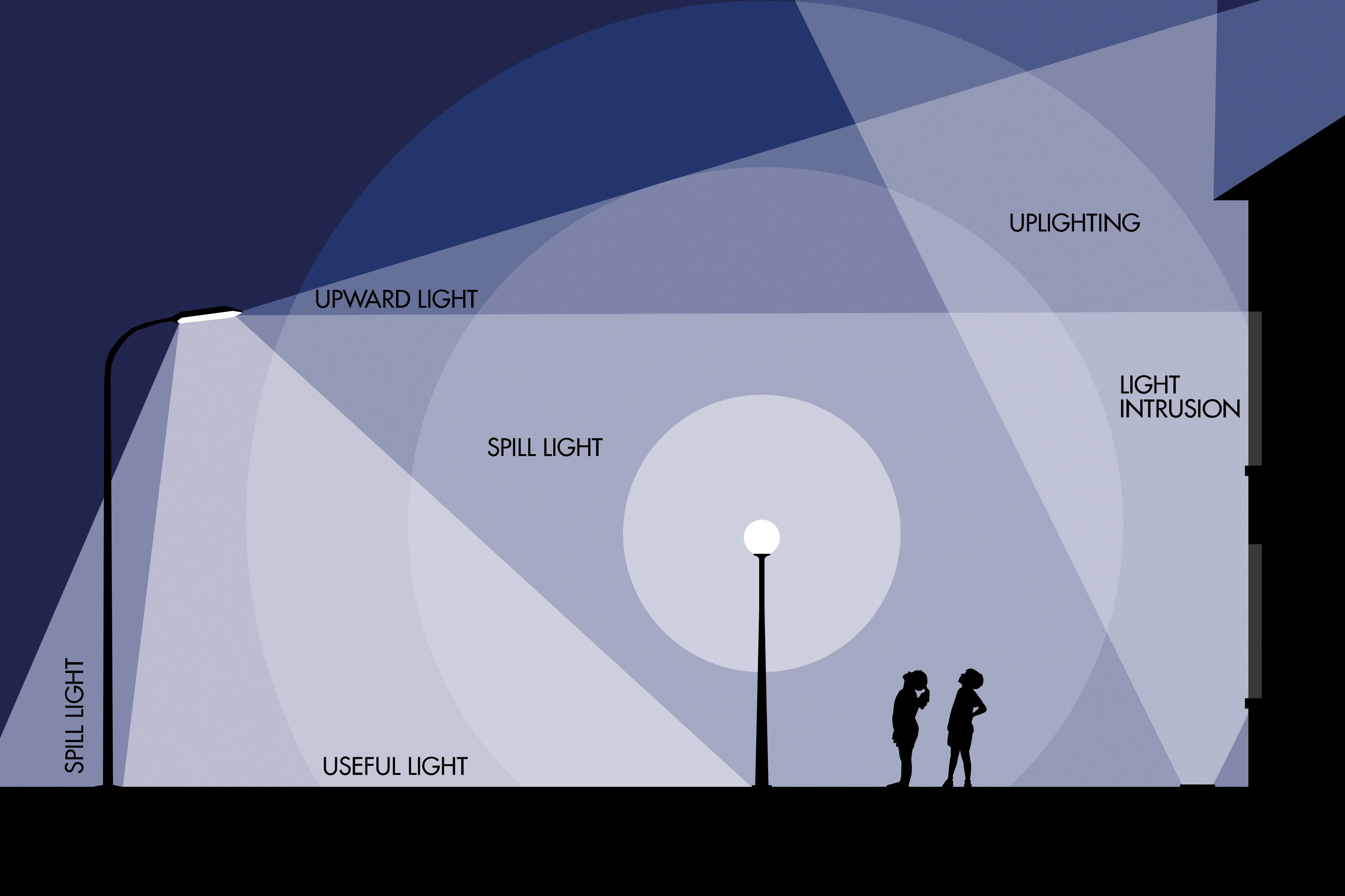
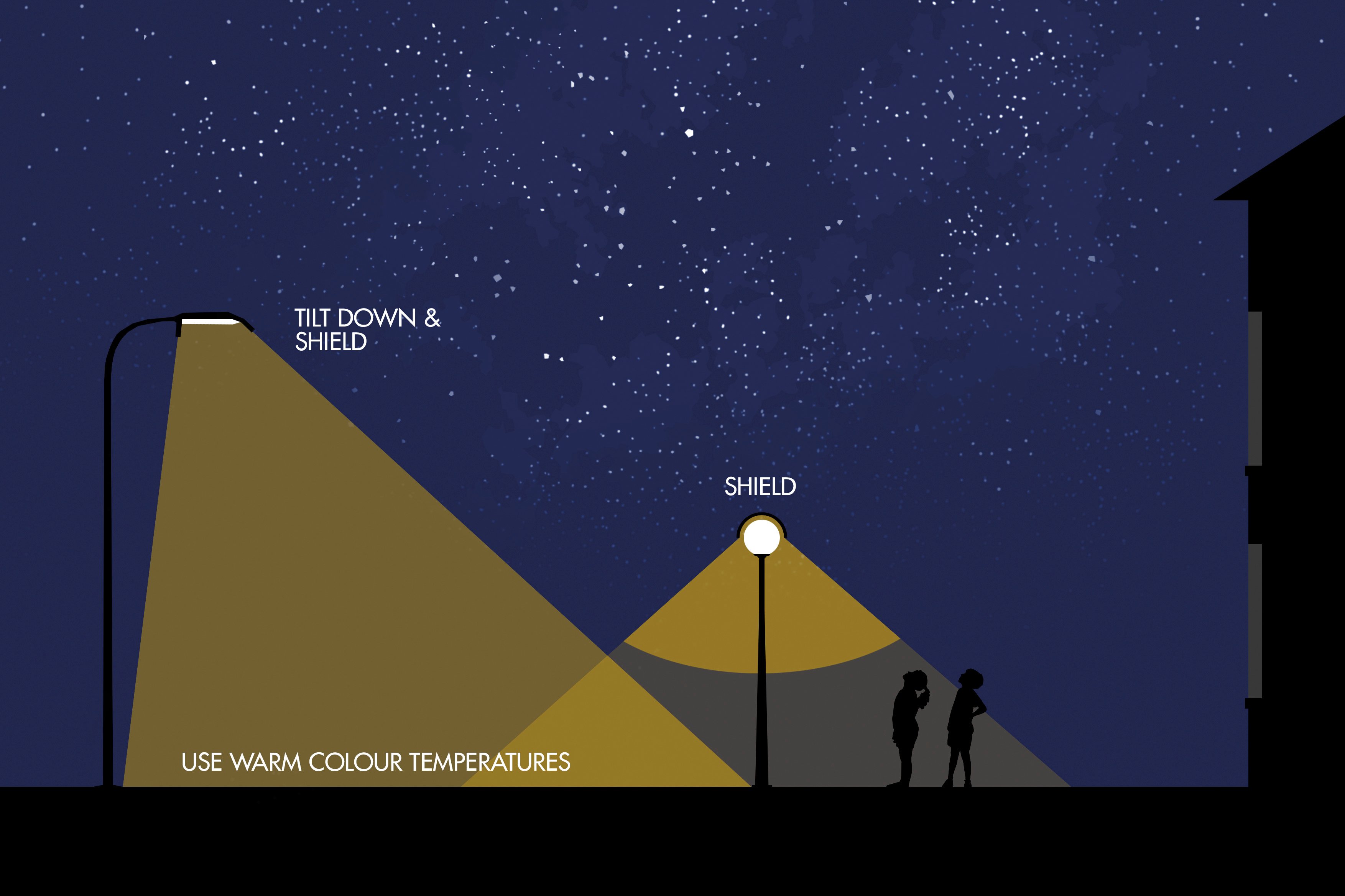


Small communities VS big cities
Who can influence whom? Where can the change to design in a different way with a different approach start?
The growing popularity of this movement owes a lot to small or rural communities as they have brought so much attention to this movement by putting up a big fight to protect their natural resource of dark skies. This has influenced larger commercial developments to consider dark skies as a unique selling point from the outset, rather than as an afterthought. However, the ultimate success of this movement will be defined by the fate of the big cities.
When you create a Dark Sky project, you need to make sure it lasts and you can only do that if people feel that they are part of the process. It should be their making, not something imposed on them or decided for them behind closed doors. The Dark Sky movement relies heavily on collaboration at all levels.
Small communities can be agile and fast when they set their minds to a goal. Larger authorities and municipalities need more time because they have to deal with more bureaucracy due to the large number of stakeholders.
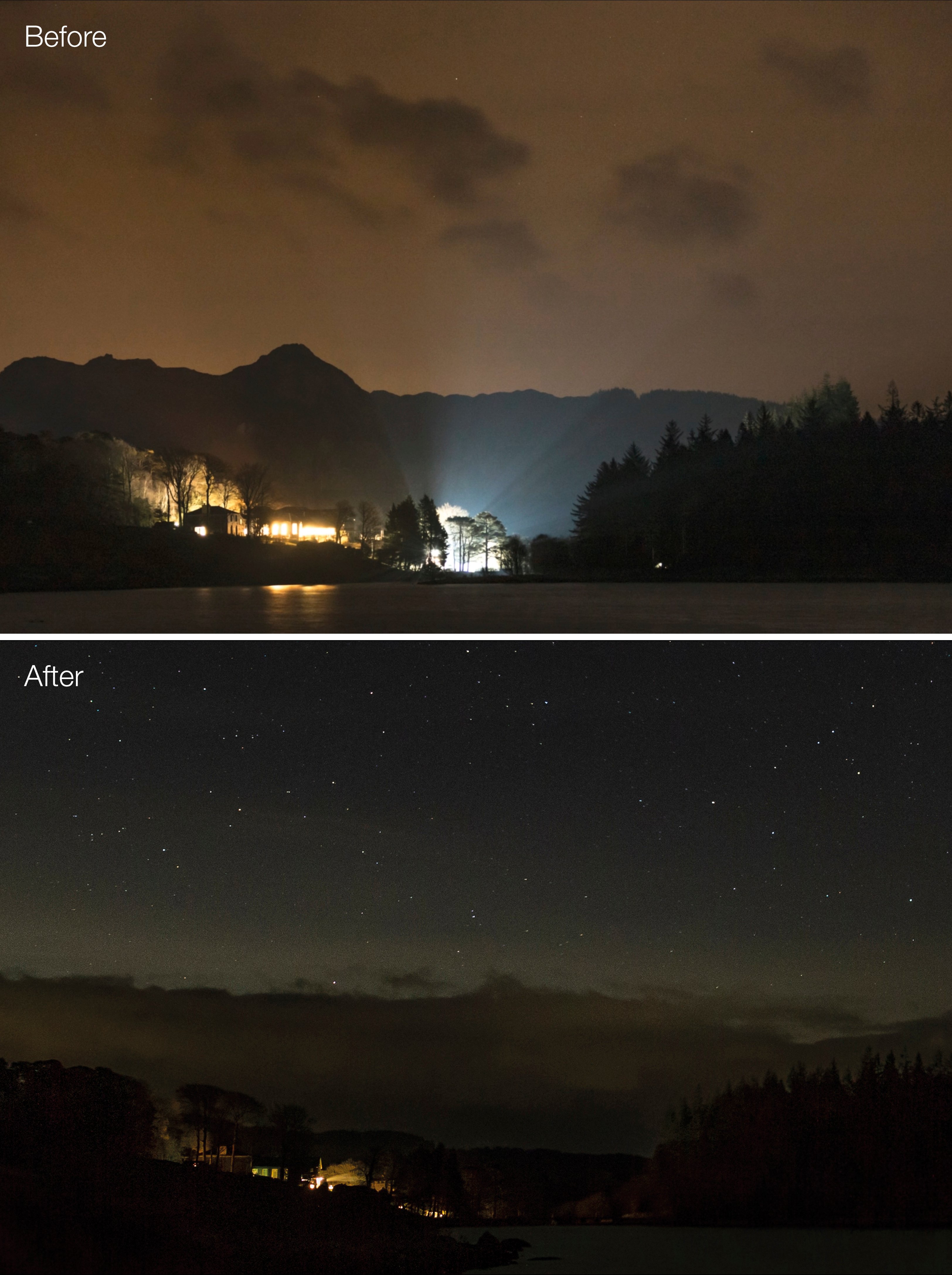
Stakeholders and projects
Can you give us a specific project that illustrates this alternative perspective for on eco-centric lighting design?
One of my favourite projects is the Newport Dark Sky masterplan which is located on the west coast of Ireland in County Mayo. The project was commissioned with the aim of eliminating the light pollution, a growing concern for the region due to the town’s proximity to Mayo Dark Sky Park which is home to a rich but sensitive nocturnal biodiversity. Working closely with the local community, an architectural lighting design proposal was developed that would continue to celebrate the church building but avoid light pollution whilst enhancing the night-time experience for both people and biodiversity.
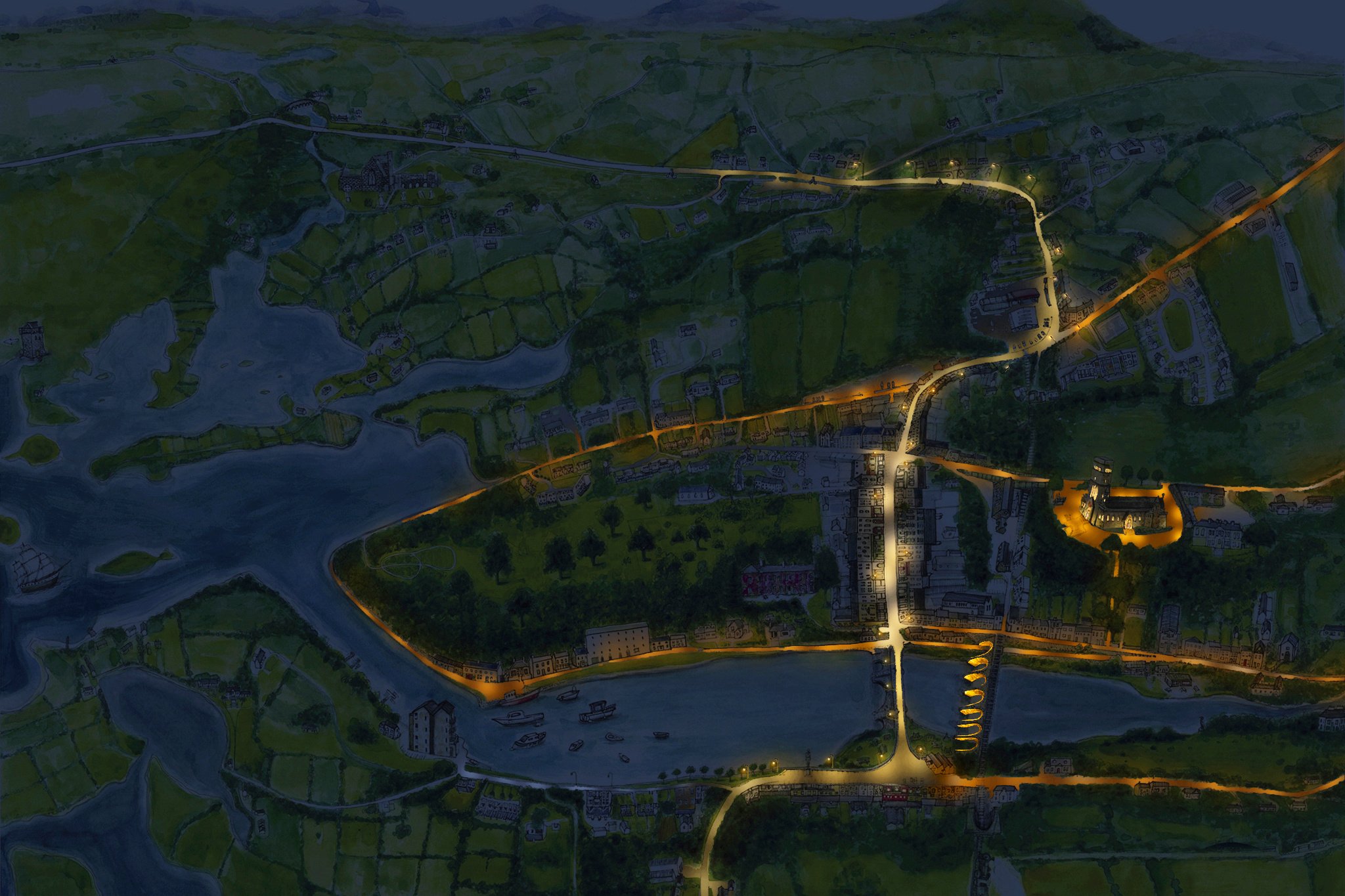
Graphic illustration of the lighting masterplan for the city of Newport. Design: Kerem Asfuroglu
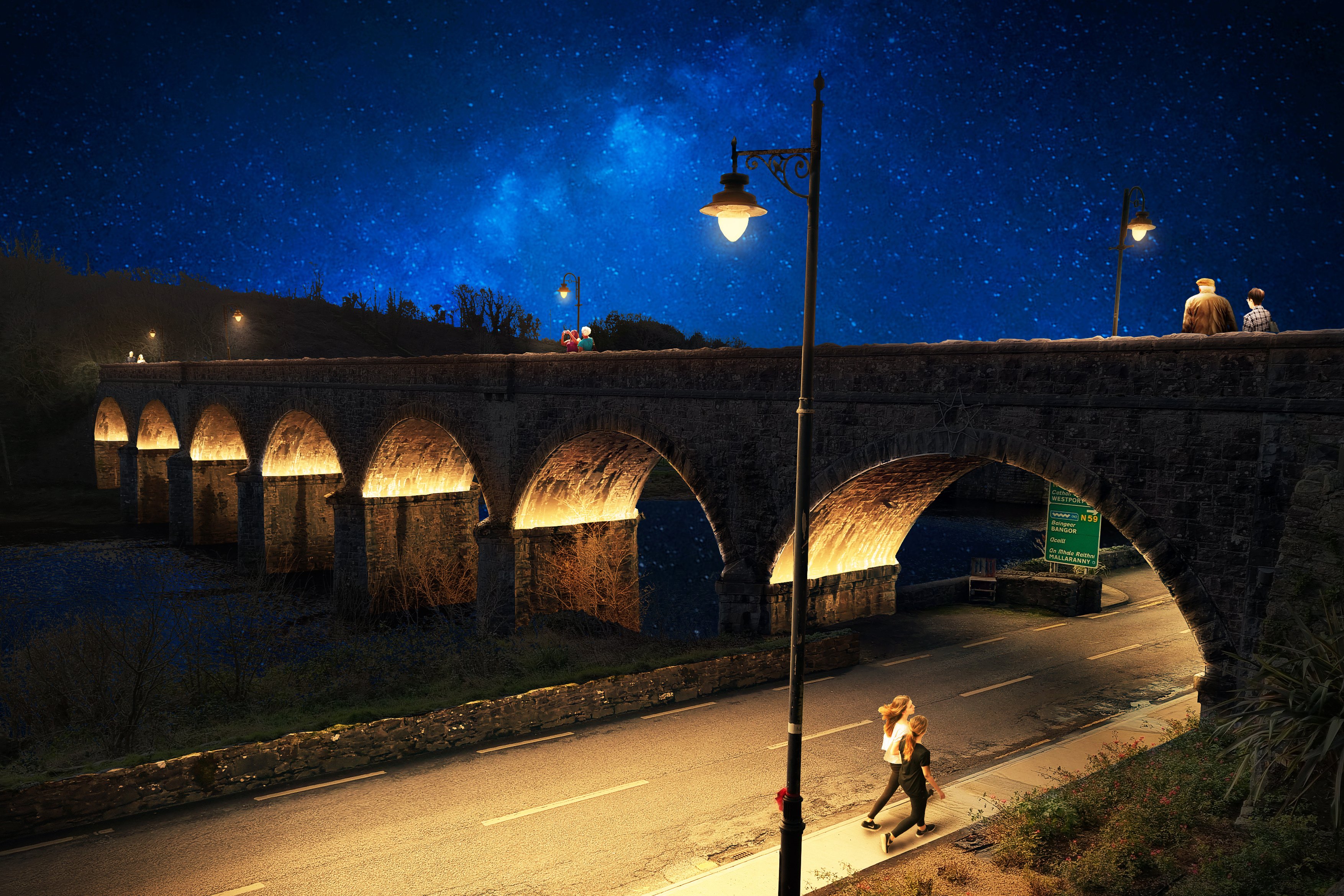
Graphical simulations of intervention areas. Design: Kerem Asfuroglu
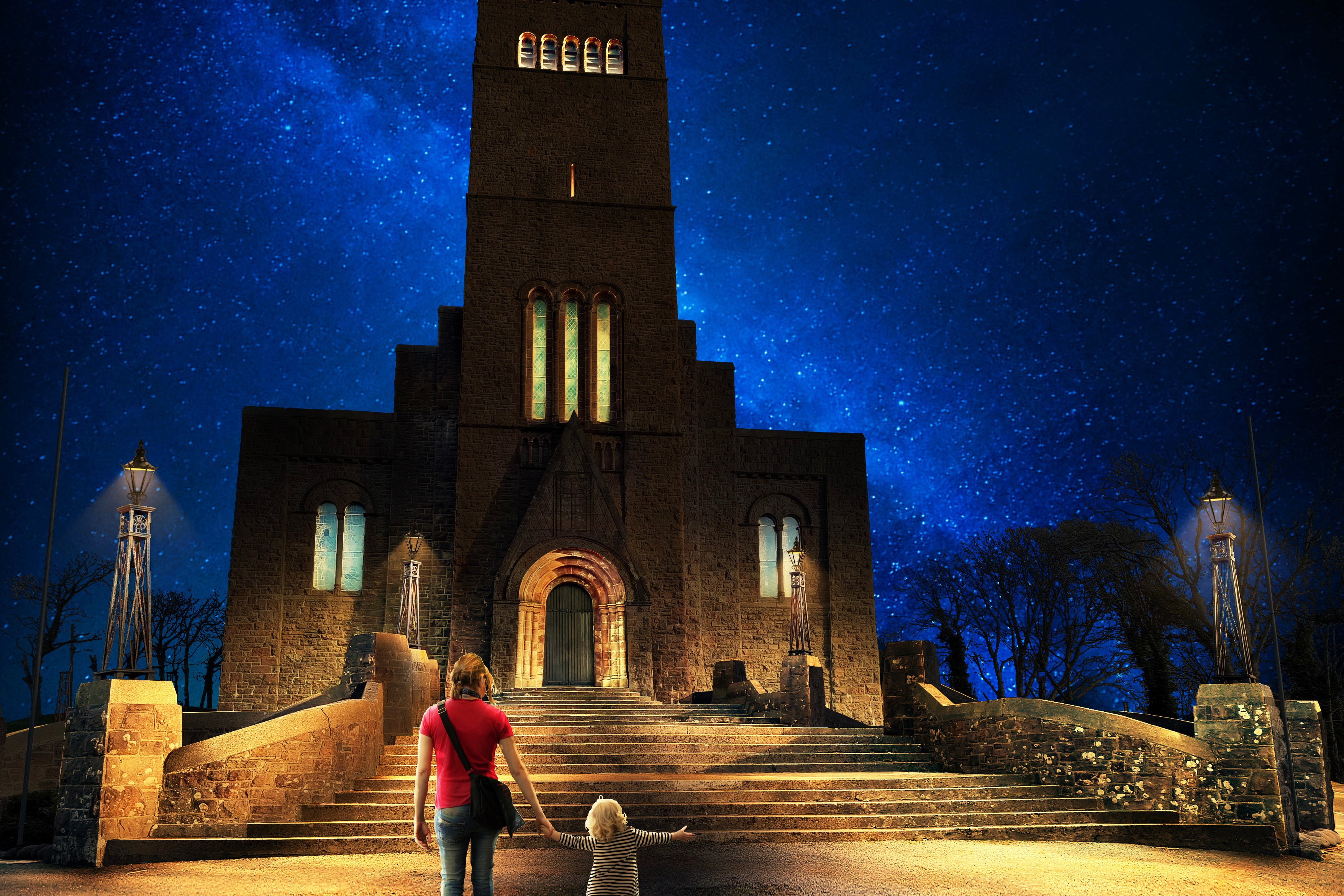
Graphical simulations of intervention areas. Design: Kerem Asfuroglu



Community involvement was an important part of the design development, with activities ranging from participation in the lighting tests to the installation of light shields on site. Local opinion was vigorously sought through several public consultations to ensure that the lighting design struck a healthy balance between the needs of the people and the biodiversity.
Projects of this scale take time because the design is not the first stage. Design is the final manifestation and outcome of all the conversations, interactions and public consultations you carry out. It has to tick all the boxes, not just of what works best for the architecture, but also for your environmental objectives and people’s expectations.
Rather than designers, we often act as communicators or diplomats, always trying to find the perfect balance between the interests of all stakeholders.
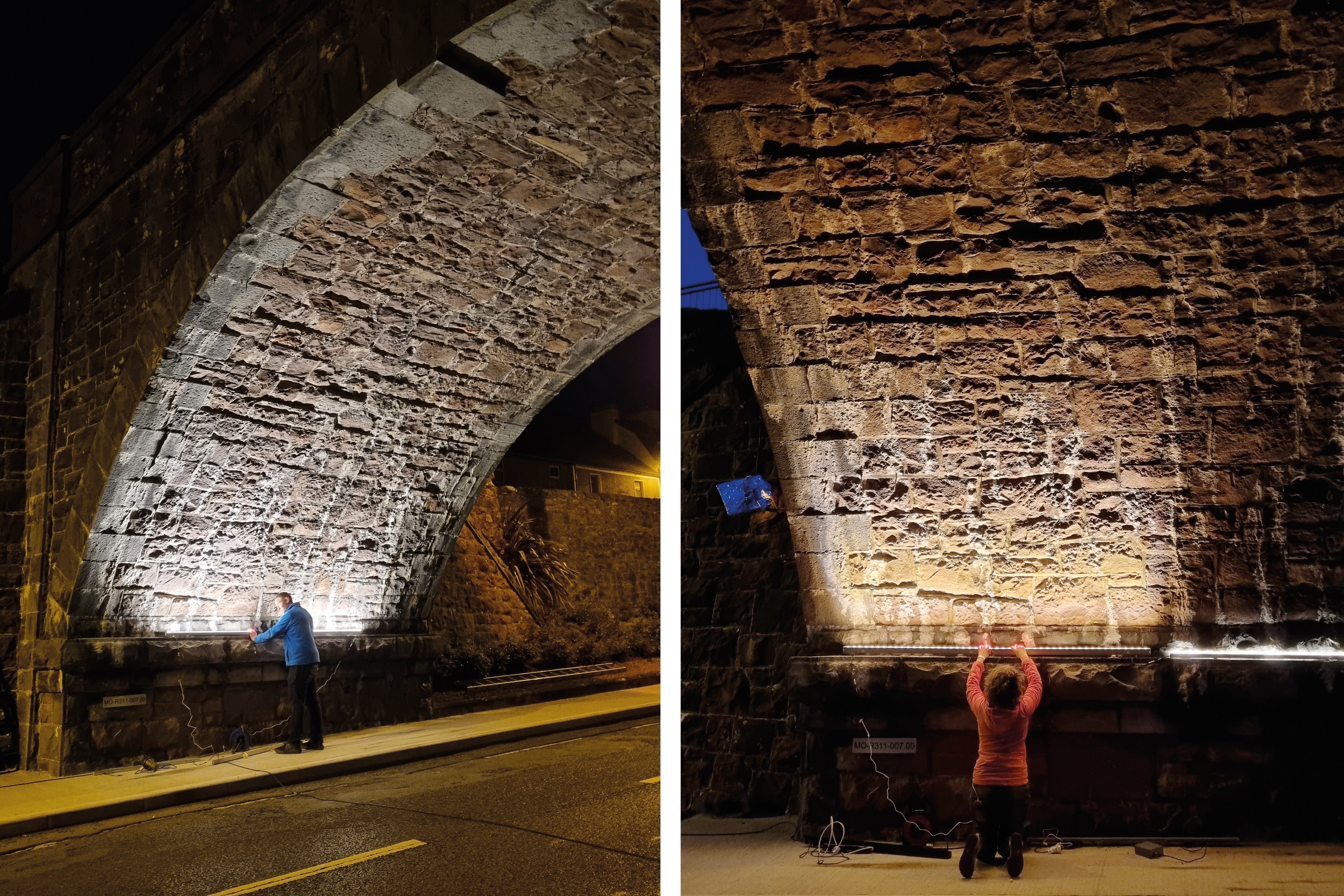
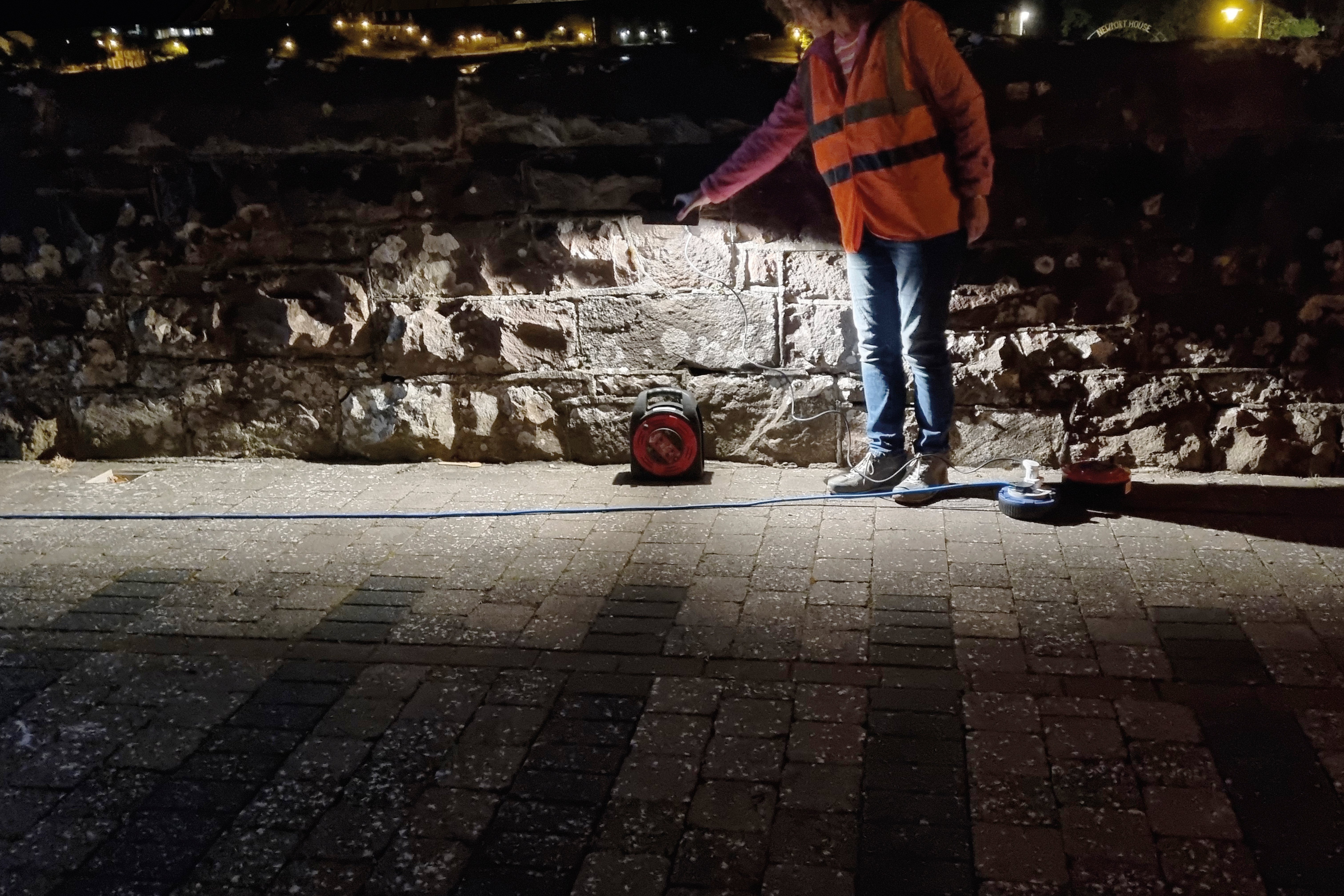
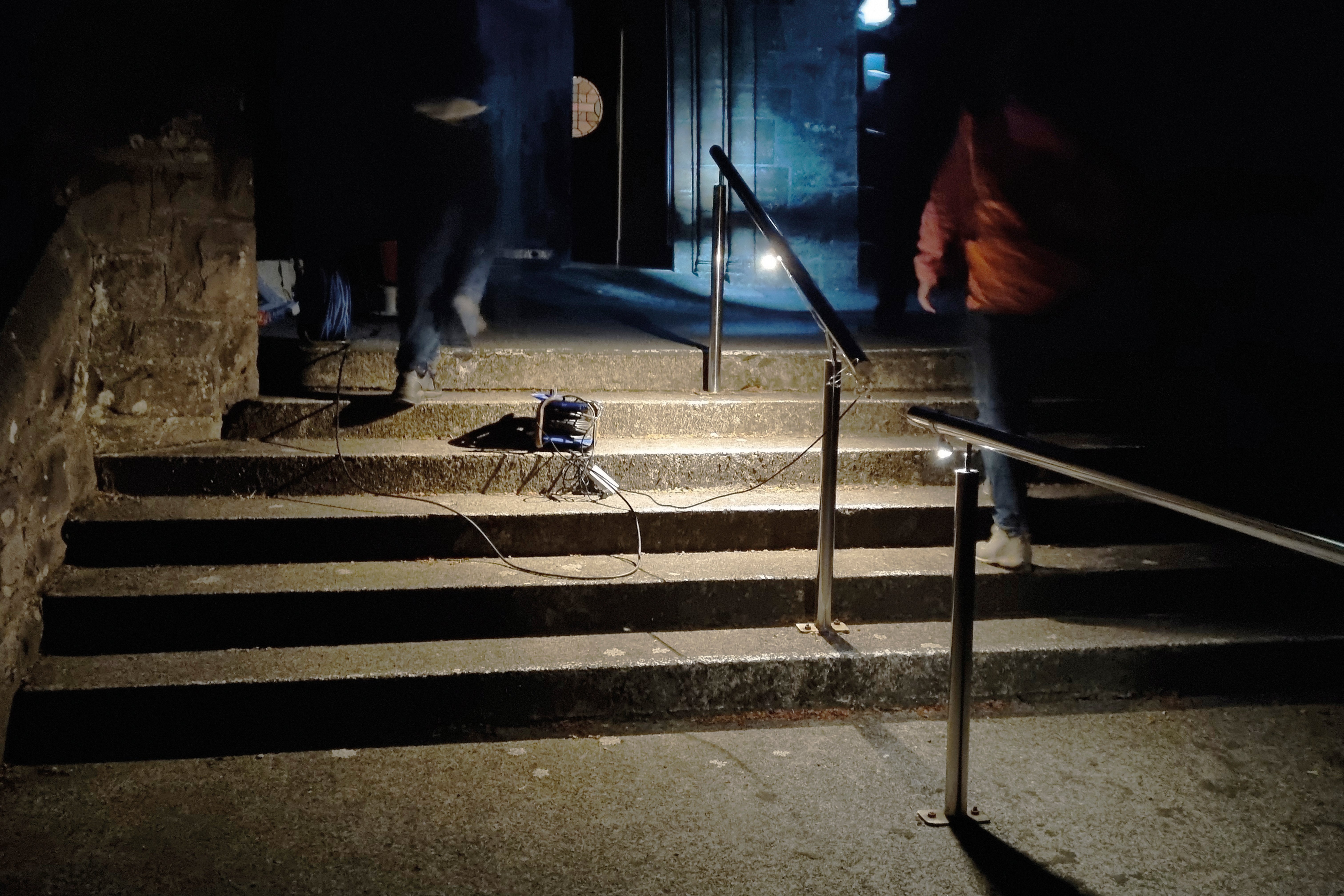



One of the focal points of the intervention is St. Patrick's Church, the city's iconic architecture. The project aims to demonstrate how the judicious use of light can eliminate light pollution and protect the environment while creating a strong night-time image.
The previous lighting scheme solely focused on emphasising the verticality of the architecture through excessive floodlighting whilst the new lighting aimed to restructure this hierarchy by balancing the vertical and the horizontal experience. As a result, the church grounds were treated as an extension of the façade lighting to encourage social activity after dark. This transformed the church’s night-time role from being an object of interest to a destination worth visiting both for the locals and visitors.
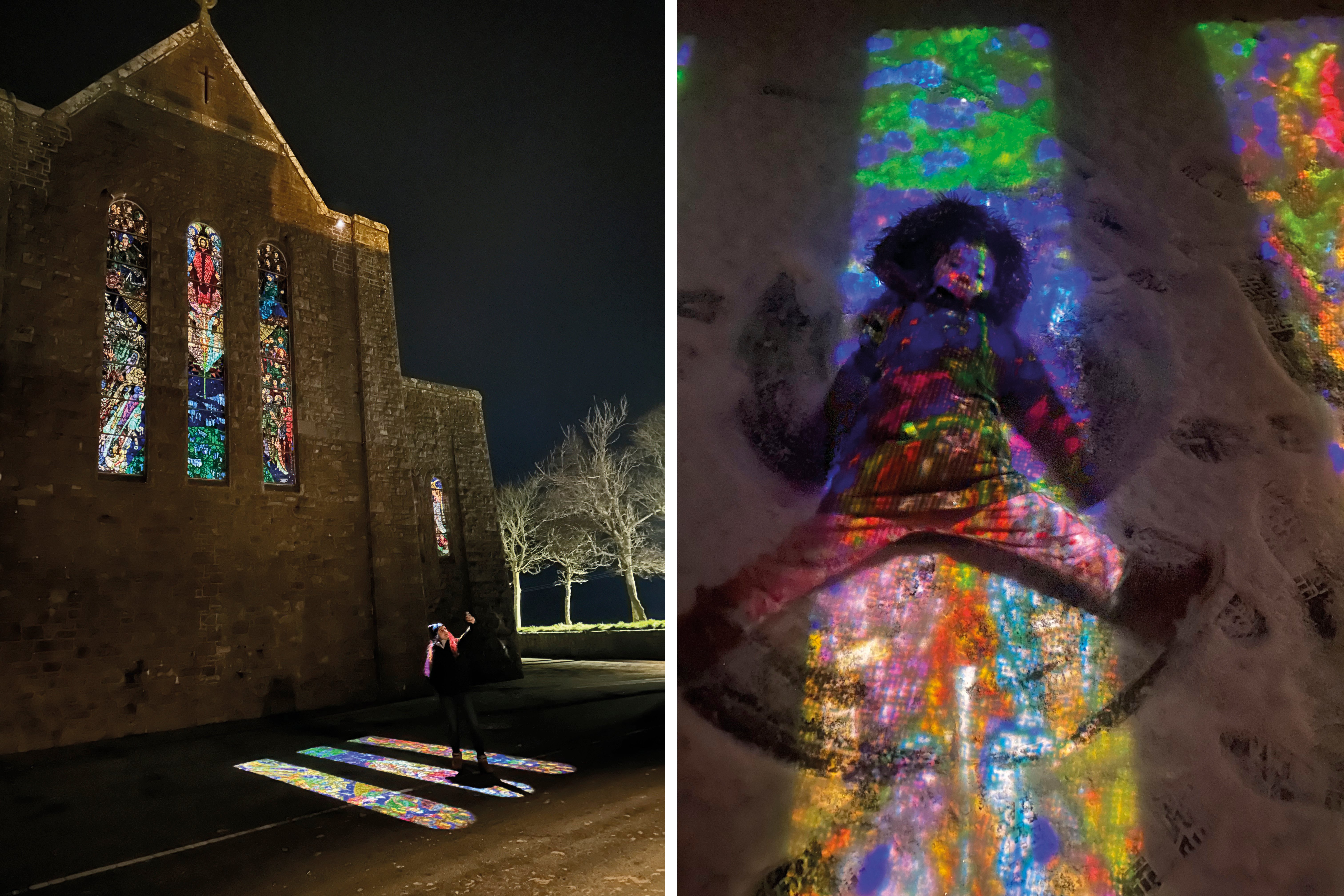
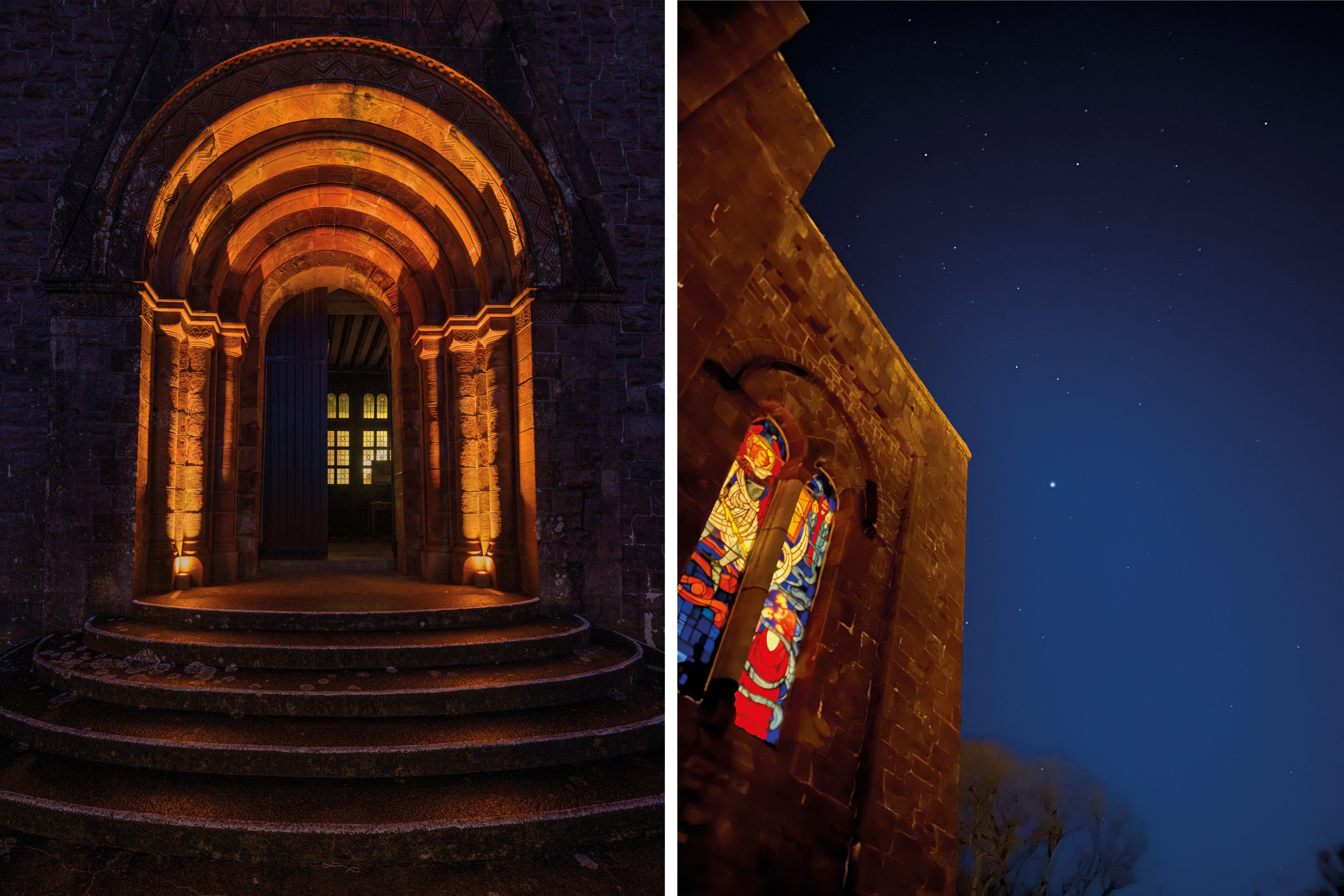
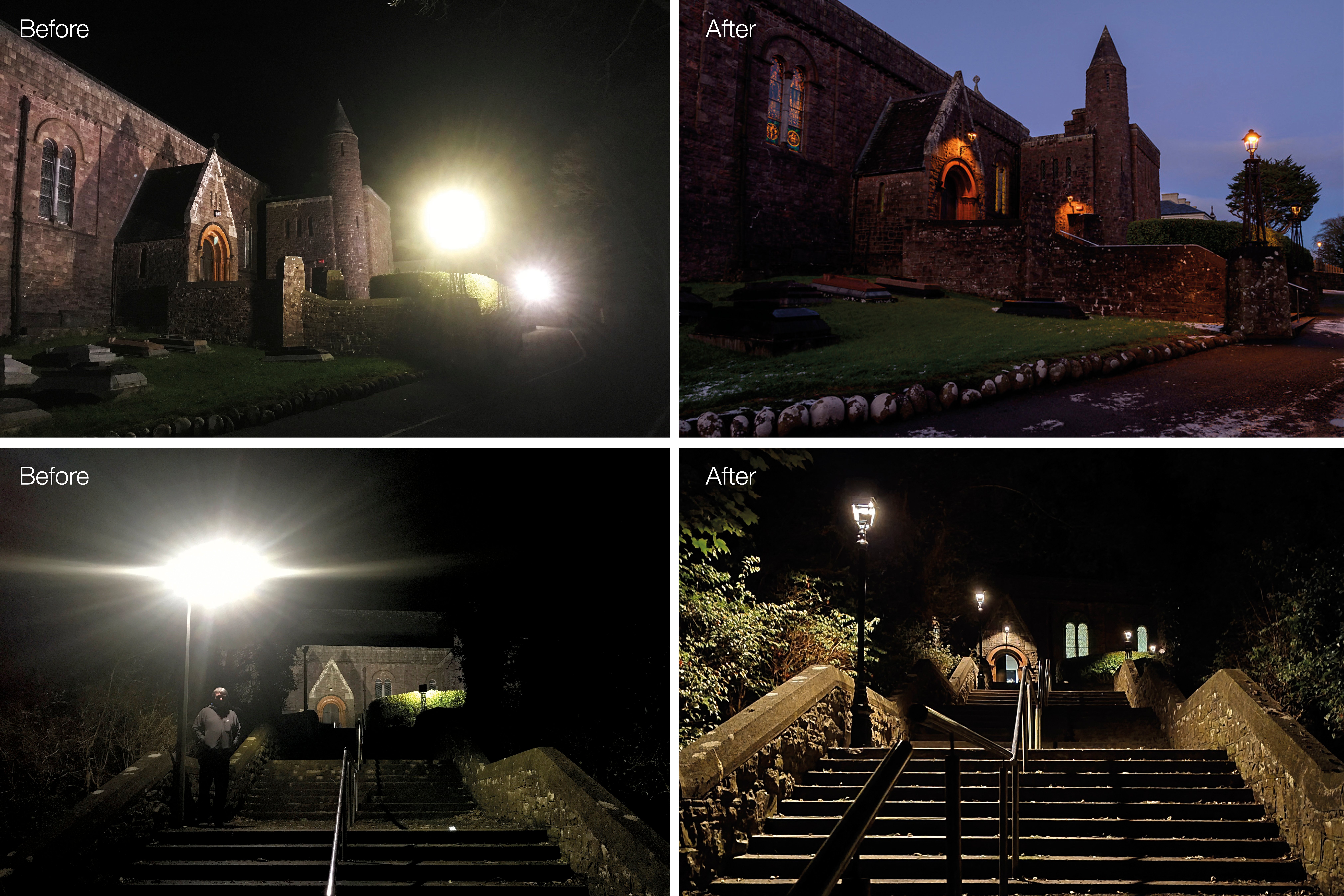
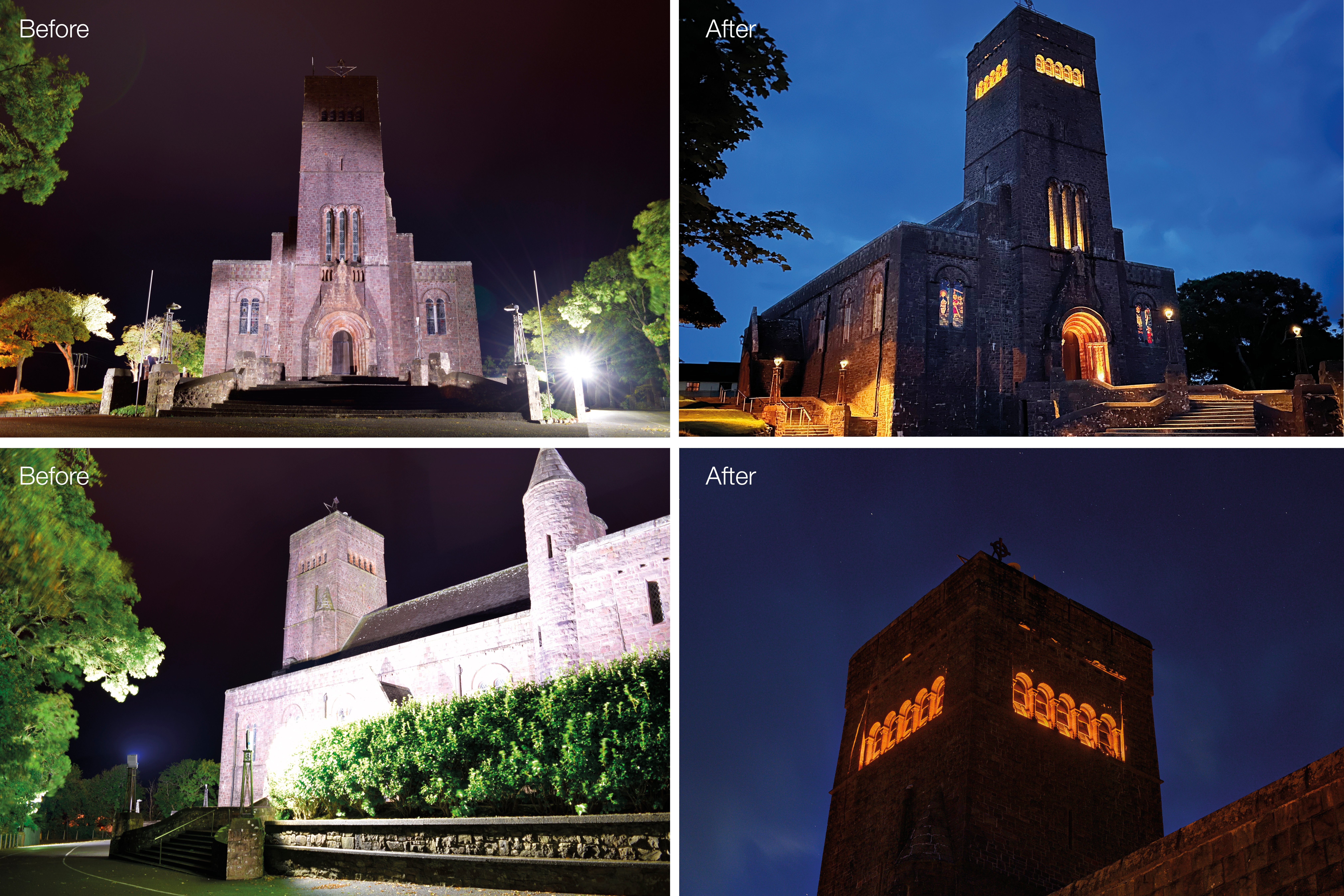




The role of companies
What role can lighting companies play in raising awareness in communities? How can they empower people to be active agents of change?
There is a clear demand for dark sky-friendly luminaires with full cut-off, warm colour temperature, and adaptive controls, like dimming and presence detection. I think lighting design will continue to evolve as we find better ways to work with less. Finding creative ways to avoid wasting light and materials is already part of the sustainable design trend and culture, whether it’s related to Dark Skies or not.
So there’s a lot of scope for companies to get involved in this movement, see the potential and adapt their approach.
I think a lot can be achieved if a Dark Sky Friendly approach is designed from the start, not as an afterthought. The tools we use as designers, the lighting fixtures we specify and the manufacturers we work with really define what we can deliver.
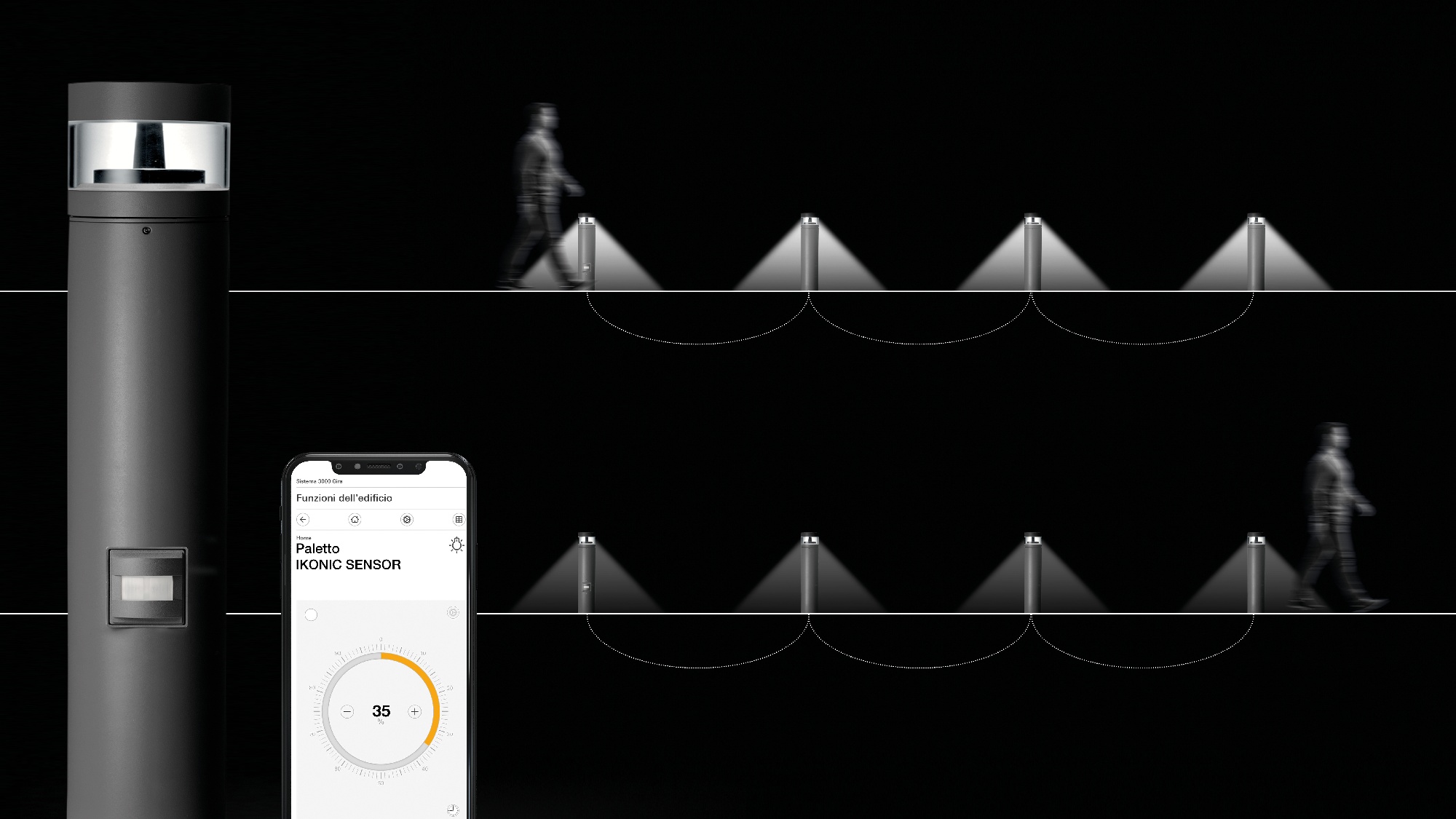
Need more information? Fill out the form below and we will get back to you as soon as possible.